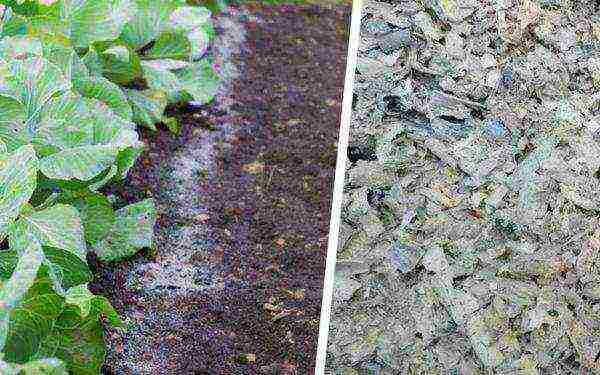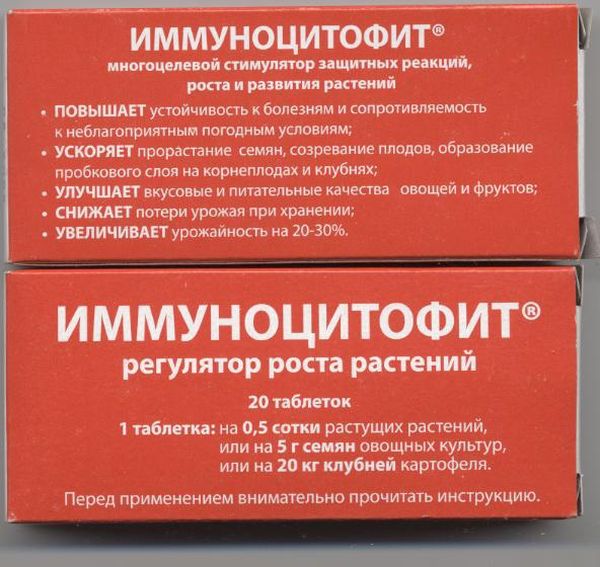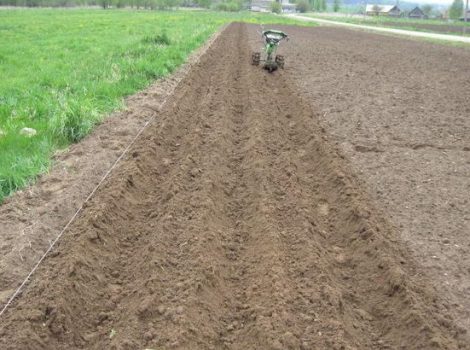Content
Description and characteristics of Amager cabbage
Almost every gardener grows cabbage on his site. The most practical are the late varieties, for example, Amager. They are less troublesome to grow and are great for winter storage.
Description and characteristics of Amager cabbage
Amager is one of the oldest varieties of white cabbage. It was bred in the last century from seeds brought from Switzerland. Distributed in all regions of the former USSR with the exception of the North and East Siberian.
Given the ripening time, the Amager cabbage variety, according to the characteristics, is considered late... According to the description, the head of cabbage is large, dense, has a flat or round-flat shape. Mass up to 3 kilograms.
Leaves are whole, dark green with a gray tint, raised, with a waxy coating. The shape of the leaf plate is wide and concave, wavy at the edges, the surface is smooth, and has a slight wrinkling on the outside. The inner stump is small.

Advantages
Amager cabbage differs from other varieties in such indicators:
- Taste qualities... Improved after several months of storage;
- Resistant to temperature changes. Withstands a drop of up to three degrees of frost, is not afraid of heat.
- Long fresh shelf life and transportability. In comfortable conditions, it is saved until April;
- High yield;
- Does not crack from excess moisture.
Flaws
It has instability to fusarium wilt - a fungal disease that affects tissues (rot of roots, seeds, fruits).
When stored, the cabbage heads may become covered with gray rot or punctate necrosis in the form of gray spots of various shapes on the outer leaves. To reduce the damage to the crop, the storage place and the heads of cabbage themselves are treated with special means.
Preparing seeds for planting

To boost immunity to disease, seeds treated with Fitosporin solution... Soak for 8-10 hours. The same solution disinfects the soil for sowing. Such processing is carried out a day before sowing and reduces the risk of various diseases.
Growing seedlings
Sowing is carried out in early April to a depth up to 2 cm... Cover with foil to create a greenhouse effect. At a temperature of about 20 degrees and good lighting, seedlings will appear on the 4th - 5th day.
After that, the seedlings need move to a cooler place... If this is not done, the sprouts will begin to stretch, weaken and may die. After 12-15 days, the seedlings are dived into separate containers. Watered once a day with warm water in the morning.
Boarding and collection schedule:

In the phase of the third true leaf, the first feeding is carried out, the second - when the fourth leaf appears.
Transfer to the beds
Seedlings with 5-6 true leaves are planted in a permanent place in the middle of May... Distance between rows 60 cm, between the bushes - 50 cm... They are planted in prepared holes, spilled abundantly with water.
Planting is carried out in the morning or evening in warm, cloudy weather.
Care secrets
The main condition for obtaining a good harvest of Amager cabbage is abundant watering... The soil must be sufficiently moist.

Irrigation is recommended depending on weather conditions, on average 2 times per week... To reduce the amount of watering and retain moisture, a mulch layer is laid under the bushes. It consists of dried grass, fallen leaves, or straw.
Late varieties have a weak root system. To strengthen it, they carry out hilling cabbage after watering.
Fertilization chart
For the proper development of the plant, it is necessary to apply fertilizers. After landing in the ground first feeding carried out after 15 days with a liquid solution of mineral substances. In a bucket of water, they are diluted with 20 g of potassium fertilizer and superphosphate, 10 g of urea. Such a solution contributes to the enhanced growth of the culture.
A very good remedy is mullein infusion... It is prepared from the calculation: a bucket of a mullein for ten buckets of water. They insist for two days. They bring in half a liter for each bush.
Second feeding cabbage is carried out two weeks after the first. In each hole - one liter. You can reuse mullein or make a 1:25 infusion of chicken droppings.
Wood ash sprinkle cabbage leaves for pest control, pour it under the root in the form of an infusion. Mineral fertilizers affect the formation of large heads and improve the taste of cabbage.

Third time fertilizers are applied after 10 days according to the same scheme. Two weeks before harvest, the cabbage is fed a fourth time to improve storage properties.
Pest and disease control
Amager variety vulnerable to various diseases and pests. To preserve the harvest, depending on the ripening period, chemical poisons and biological preparations are used.
To reduce the likelihood of contracting or spreading disease, proceed as follows:
- A diseased cabbage bush must dig up with the root and destroy, it is better to burn;
- Treat the soil with a 5% solution of copper sulfate. Replace soil in greenhouses;
- Spray with drugs that increase disease resistance - Agat-25, Immunocytophyte;
- Use resistant hybrids for growing.

Get rid of aphids, caterpillars and slugs you can use folk methods. Wood ash comes to the rescue. Spray it on the leaves, scatter it under the root, or prepare a watering solution. In the latter case, it is also an organic fertilizer.
Can be alternated with spraying with tobacco broth. A liter can of tobacco dust is brewed in two liters of boiling water. Strain, add water to a total amount of 10 liters.
Harvesting and storage
The crop is harvested depending on ripening. Usually this end of September - October... Heads of cabbage are cut with a knife, leaving a long stump. The collection is best done in dry weather.
Each head of cabbage must be inspected before storing it. The denser ones will last longer. It is recommended to cut off excess leaves, dry for several hours in the open air.

With high humidity and sharp temperature fluctuations in the storage, favorable conditions are created for the development gray rot... First of all, it affects deformed or slightly frozen cabbage. The affected heads of cabbage are isolated, and the storage areas are treated with antifungal drugs.
Growing Amager cabbage, subject to certain rules, does not present any particular difficulties.The result of constant watering, timely feeding and disease prevention will be a generous harvest that will be stored throughout the winter. Having advantages over other types of cabbage, it is very popular among gardeners.


